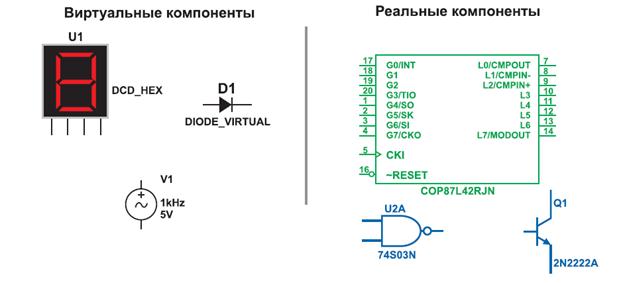Ways of replenishment of the vocabulary
No vocabulary of any living language is ever stable but is constantly changing, growing and decaying. The changes occurring in the vocabulary are due both to linguistic and non-linguistic causes, but in most cases to the combination of both. The appearance of a great number of new words and the development of new meanings in the words already available in the language may be largely accounted for by the rapid flow of events, the progress of science and technology and emergence of new concepts in different fields of human activity. There are two ways of enriching the vocabulary as has been mentioned above: A. vocabulary extension — the appearance of new lexical items. New vocabulary units appear mainly as a result of: 1. productive or patterned ways of word-formation; 2. non-patterned ways of word-creation; 3. borrowing from other languages. B. semantic extension — the appearance of new meanings of existing words which may result in homonyms. Productive word-formation is the most effective means of enriching the vocabulary. The most widely used means are affixation (prefixation mainly for verbs and adjectives, suffixation for nouns and adjectives), conversion (giving the greatest number of new words in verbs and nouns) and composition (most productive in nouns and adjectives). 'New’ words that appear as a result of productive word-formation are not entirely new as they are all made up of elements already available in the language. The newness of these words resides in the particular combination of the items previously familiar to the language speaker. As has already been mentioned productivity of derivative devices that give rise to novel vocabulary units is fundamentally relative and it follows that there are no patterns which can be called ‘fully’ productive. Productive patterns in each part of speech, with a set of individual structural and semantic constraints, serve as a formal expression of the regular semantic relationship between different classes or semantic groupings of words. Thus the types of new words that may appear in this or that lexical-grammatical class of words can be predicted with a high degree of probability. The regularity of expression of the underlying semantic relations, firmly rooted in the minds of the speakers, make the derivational patterns bidirectional rules, that is, the existence of one class of words presupposes the possibility of appearance of the other which stands in regular semantic relations with it. This can be clearly observed in the high degree of productivity of conversion. Non-patterned ways of word-creation New words in different notional classes appear also as a result of various non-patterned ways of word creation. The two main types of non-patterned word-creation are: I. Various ways of transformation of a word-form into a word usually referred to as lexicalisation and II. Shortening which consists in substituting a part for a whole. Shortening comprises essentially different ways of word creation. It involves 1. transformation of a word-group into a word, and 2. a change of the word-structure resulting in a new lexical item, i.e. clipping.
|




